What happens when one friend spends an exorbitant amount of money on an all-white painting? In Yasmina Reza’s razor-sharp comedy “Art,” this seemingly simple act detonates a friendship bomb that had been quietly ticking for years. Through a deceptively simple premise, Reza crafts a masterful exploration of taste, friendship, and the uncomfortable truths we hide from those closest to us.
Historical Context
Written in the mid-1990s, “Art” emerged during a period when contemporary art prices were skyrocketing and conceptual art was becoming increasingly minimalist. The play brilliantly captures the zeitgeist of an era when a plain white canvas could command astronomical prices and spark heated debates about the nature of art itself. Reza’s work also coincided with a growing trend of questioning traditional friendship dynamics in an increasingly materialistic society.
Plot Overview
Serge, a dermatologist with aspirations of being a serious art collector, purchases a white painting for 200,000 francs (approximately $40,000). His friend Marc is horrified by both the purchase and the price, viewing it as a betrayal of their shared values. Yvan, caught in the middle of this disagreement, attempts to please both sides while dealing with his own personal crisis involving wedding invitations. As the evening unfolds, what begins as a disagreement about taste evolves into a brutal examination of their 15-year friendship, revealing deep-seated resentments and insecurities.
Themes & Analysis
The Nature of Art
The white painting serves as the perfect “MacGuffin” – it’s less about the artwork itself and more about what it represents to each character. For Serge, it’s sophistication and cultural advancement. For Marc, it’s pretension and betrayal. For Yvan, it’s yet another battlefield where he must play peacemaker.
Friendship and Validation
The play’s true subject is the fragile nature of male friendship. Each character desperately seeks validation from the others, while simultaneously resenting this need. Marc’s violent reaction to the painting stems not from aesthetic disagreement but from the fear that Serge has outgrown their friendship.
Power Dynamics
Reza masterfully explores how friendships often operate on delicate power balances. Marc has always been the “mentor” figure, and Serge’s independent art purchase threatens this dynamic. Yvan’s attempts to maintain neutrality only highlight how friendship groups often require these unspoken hierarchies to function.
Innovative Elements
Reza’s genius lies in her ability to craft a play that works on multiple levels. On the surface, it’s a witty comedy about art appreciation. Deeper down, it’s a penetrating study of male friendship, cultural pretension, and the ways we use taste to define ourselves. The play’s structure is remarkable for its economy – everything takes place in real-time, with no scene changes or theatrical flourishes.
Cultural Impact
“Art” has become one of the most performed plays worldwide, translated into over 30 languages. Its success demonstrated that intellectual comedy could still draw mainstream audiences. The play’s influence can be seen in numerous subsequent works examining friendship through the lens of cultural taste, from novels to television shows.
Staging & Performance
The play’s minimalist requirements (three actors, one set, and a white painting) make it a favorite for theater companies. However, this simplicity is deceptive – the roles require actors capable of navigating complex emotional terrain while maintaining perfect comic timing. The white painting itself becomes almost a fourth character, its presence looming over every interaction.
Reading Guide
Best Translations
Christopher Hampton’s English translation is considered definitive, capturing both the wit and underlying tension of Reza’s original French text.
Christopher Hampton’s translation
Simple and plain text. Faber and Faber drama edition.
Reading Tips
- Pay attention to the monologues where characters address the audience – they reveal the true thoughts behind the social masks
- Note how the arguments about art gradually transform into deeper personal attacks
- Watch how Reza uses pauses and interruptions to build tension
Contemporary Relevance
In our era of social media debates and cultural polarization, “Art” feels more relevant than ever. The play’s exploration of how taste defines identity and friendship resonates strongly in a time when people often judge each other based on their cultural preferences. The question of what makes art valuable remains hotly debated, particularly in the age of NFTs and digital art.
Additional Resources
Other works by Yasmina Reza
Contains Art, Life x 3, The Unexpected Man, Conversations After a Burial.
Acting Edition by Dramatists Play Service
Small format edition especially designed for actors. Space for notes etc.
Audio production by LA Theatre Works
Small format edition especially designed for actors. Space for notes etc.
Critical reflections on Yasmina Reza’s work
- The Plays of Yasmina Reza on the English and American Stage by Amanda Giguere
- Contemporary European Theatre Directors by Maria M. Delgado and Dan Rebellato
- Audio interview with Yasmina Reza about a wide range of her works, including a discussion of Art (French)
Fun Facts & Trivia
- The play was originally written in French with the title “Art” in quotation marks
- Reza never reveals what the painting actually looks like beyond it being white with diagonal lines
- The role of Yvan has become a coveted part for character actors, featuring a show-stopping monologue about wedding invitations
- The original London production ran for eight years
Watch a production online
Below is a full production of “Art” by Chenango River Theatre, US, from 2022.
“Art” succeeds brilliantly because it uses a simple premise to explore universal truths about friendship, status, and self-image. Its combination of wit, insight, and emotional depth makes it a must-read for anyone interested in contemporary theater. It’s a masterful study of how we navigate relationships in a world where taste has become a marker of identity.
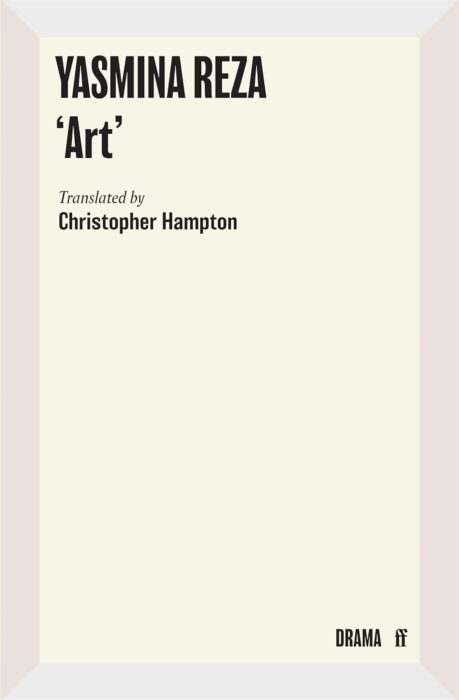

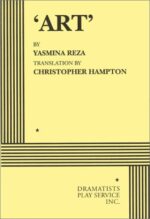
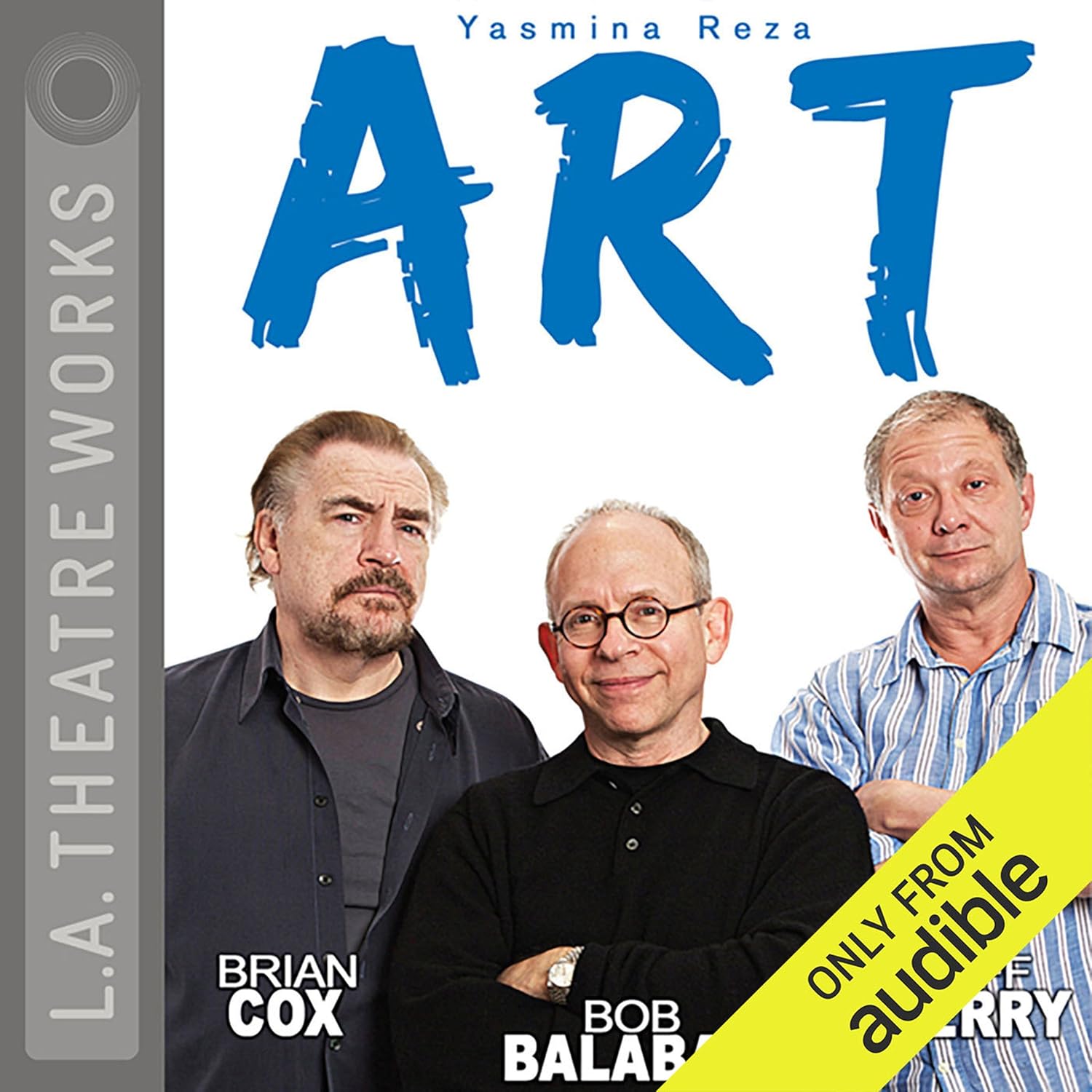

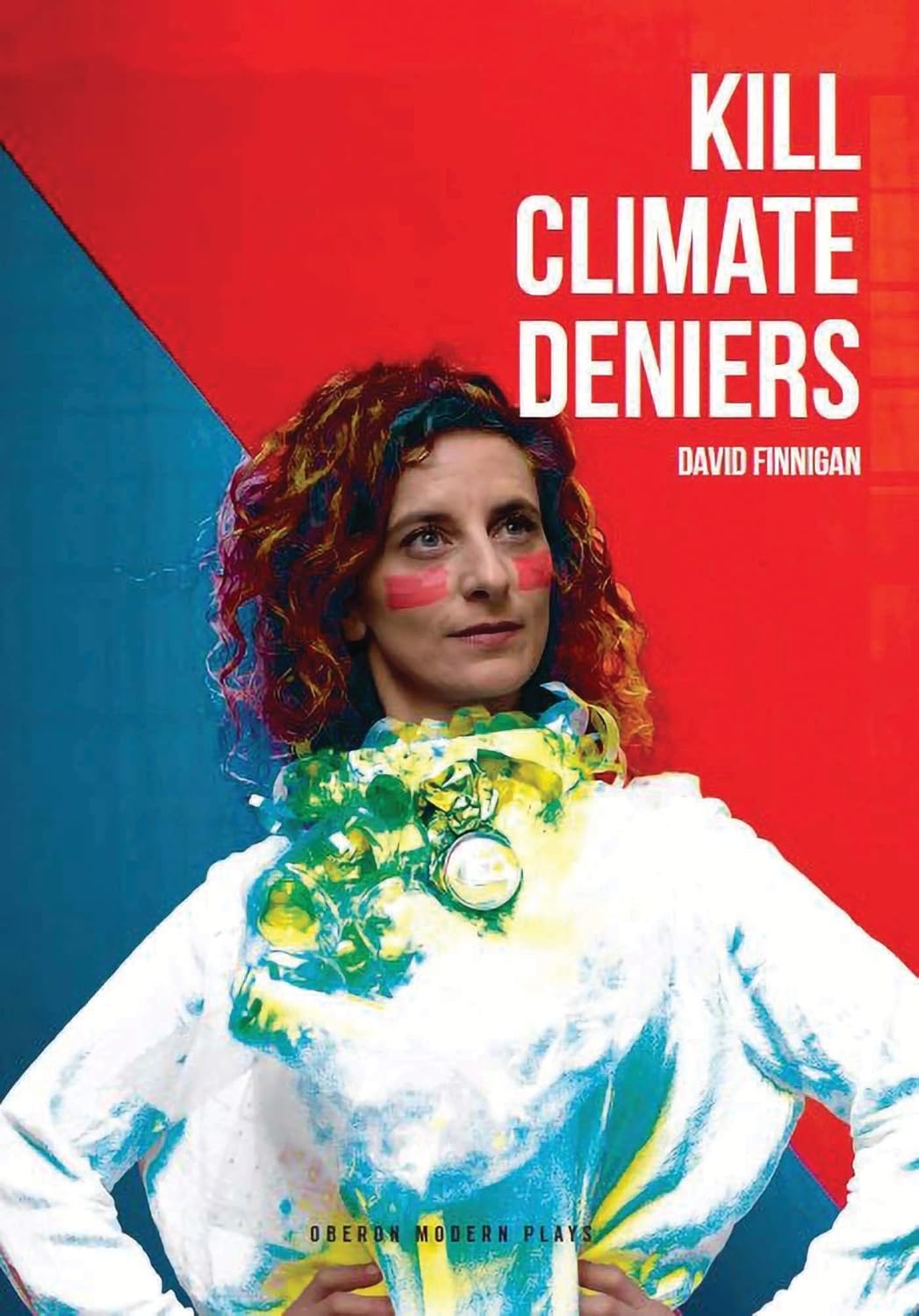

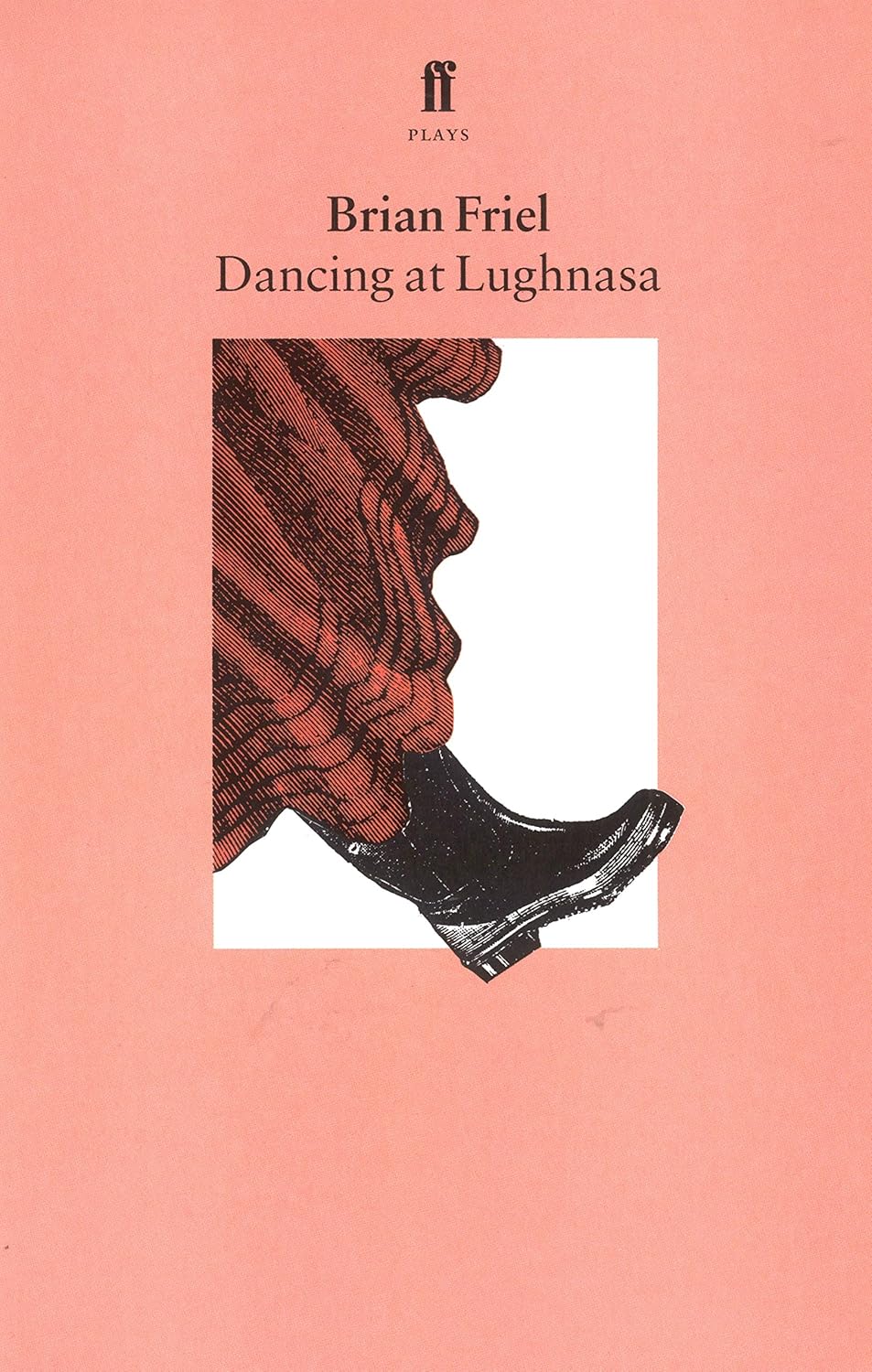
Leave a Reply